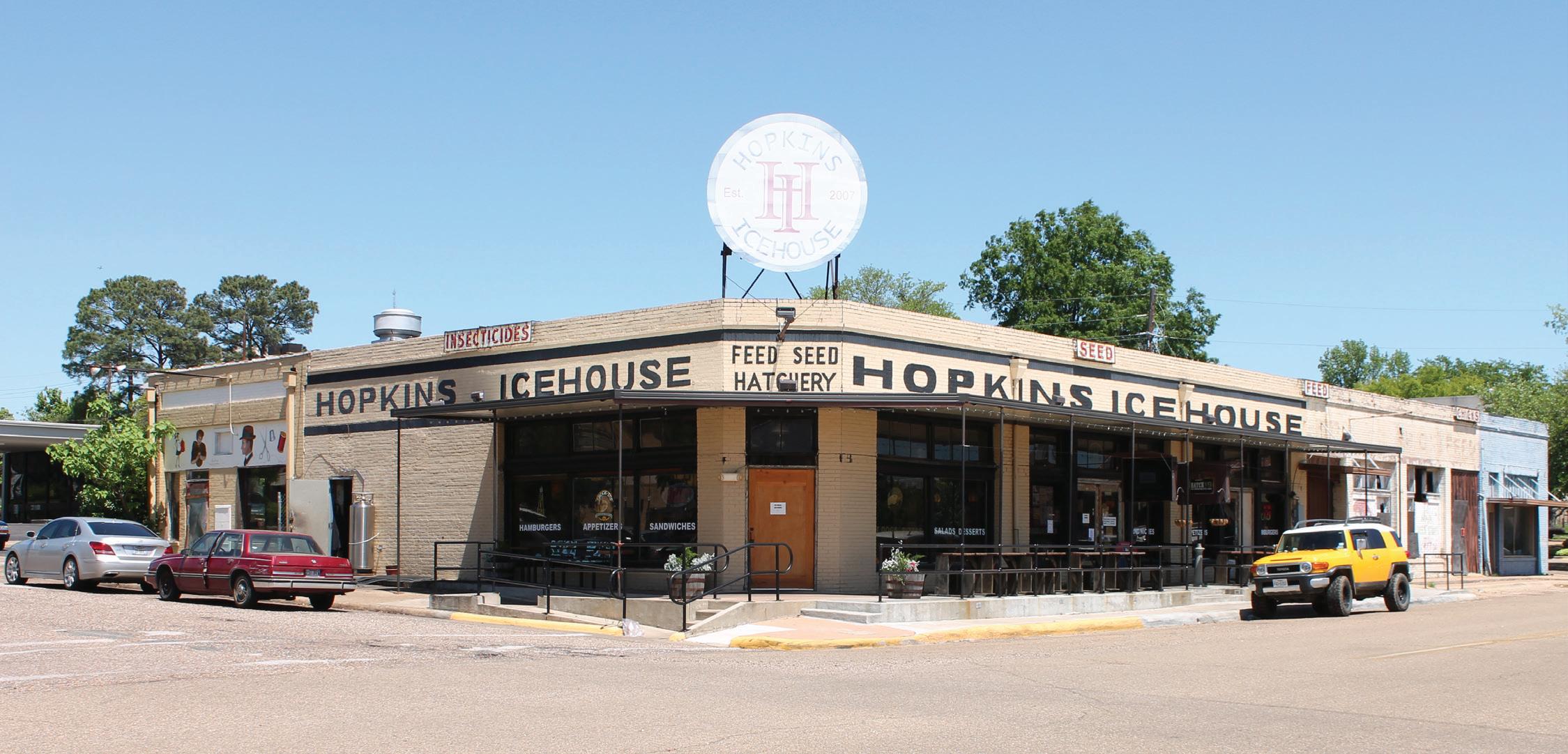
1 minute read
Summary of Findings
•The Texarkana region has a labor force of about 71,000 individuals who are either employed or actively looking for work. Though the number of participants plunged during the economic shutdown in the first months of the Pandemic, it had almost recovered by May 2021. Within the region, Bowie and Cass Counties’ labor forces had not yet recovered in May while
Miller County’s labor force had expanded. • Although the number of participants in the labor force had stabilized, unemployment still remained extremely high in May 2021 with Bowie and Cass County unemployment rates still more than 40 percent above its pre-Pandemic level.
Miller County, on the other hand, had only a slightly elevated unemployment rate by May. • Looking back to 2008, the Texarkana region’s was at or below the US rate until 2016 when the regional unemployment rate stayed flat while the US and Texas rates continued to fall. • In terms of characteristics of the working age population (age 25 to 64), the Texarkana area has a relatively large Black or African American population both in comparison to the state and the US but has a much smaller Hispanic/
Latino population in comparison to Texas. The age distribution of the regional working age population is similar to that of the nation, which skews older than that of the state. The region has a much larger share of workers with only a high school diploma and with some college or an associate’s degree. Only 22 percent of the population 25 to 64 in the labor force has a bachelor’s degree or higher, which is significantly lower than that of the state and the nation. • A comparison of the educational requirements of jobs and the educational attainment of the population 25 to 64 in the labor force shows that about two-thirds of the jobs in the region require a high school diploma or less. Yet, 58 percent of the workers have more than a high school diploma. This means than some workers with postsecondary education are working in jobs for which they are overqualified. The number of workers with a bachelor’s degree or higher is fairly well-aligned with the number of jobs that require such a credential.
Image by Renelibrary via Wikimedia Commons






